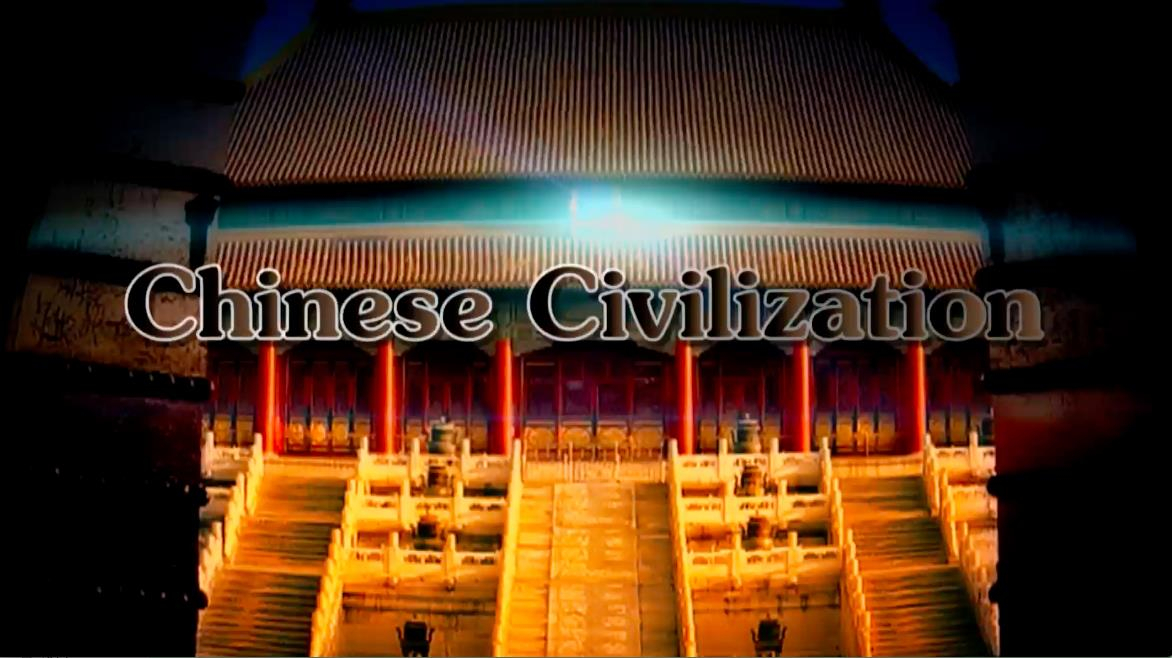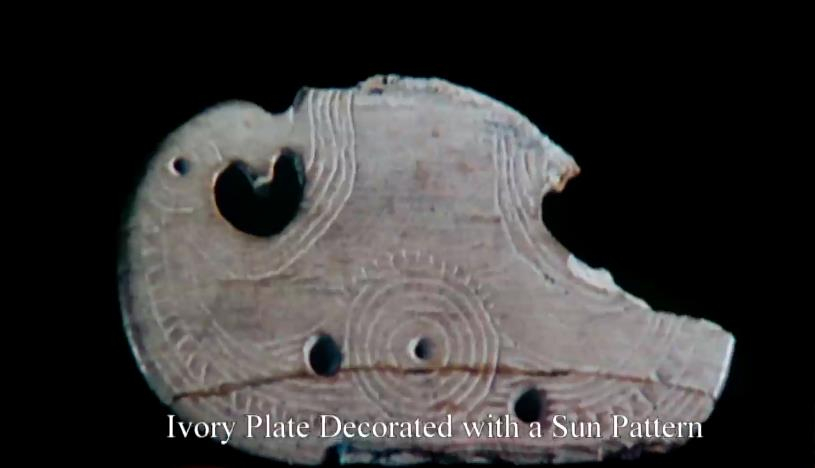
Culture
20:43, 31-Dec-2018
The 6,000-year-old rice in China's Hunan Province
Updated
20:11, 03-Jan-2019
Li Xin

It may be hard to believe, but a number of rice grains discovered by experts in Chengtoushan area of China’s Hunan Province are between 6,000 and 9,000 years old. Amazingly, the soil there still carries the fragrance of those “time travelers” from thousands of years ago.

File photo of ancient rice grains between 6,000 to 9,000 years old. /CGTN Photo
File photo of ancient rice grains between 6,000 to 9,000 years old. /CGTN Photo
The remote village of Chengtoushan in Hunan Province became famous when the remains of an ancient city were discovered there. Archaeological research shows it was a huge city that flourished at least 6,000 years ago.

Digital reconstruction of Chengtoushan relics. /CGTN Photo
Digital reconstruction of Chengtoushan relics. /CGTN Photo
But when archaeologists carefully removed the accumulated layers of earth, they were stunned by what they saw. They had uncovered an ancient rice field which was exactly the same in appearance as the rice fields you see today.
This is not as surprising as it first sounds. Rice growing in the Dongting Lake area can be traced back 10,000 years, but the sight of rice grains that have survived 6,000 years to the present day is no less astonishing for it.

File photo of ancient rice grains between 6,000 to 9,000 years old. /CGTN Photo
File photo of ancient rice grains between 6,000 to 9,000 years old. /CGTN Photo
According to some experts the rice grains found there are evidence of the precise origins of rice.
However, they are not the only objects that have managed to travel through time. Beautiful pottery cups, bowls and pots produced 6,000 years ago around the Jianghan Plain in the Yangtze River area are also featured in the documentary. Many believe these objects to be the highest artistic achievements of prehistoric China.

An ivory plate decorated with a sun pattern. /CGTN Photo
An ivory plate decorated with a sun pattern. /CGTN Photo

SITEMAP
Copyright © 2018 CGTN. Beijing ICP prepared NO.16065310-3
Copyright © 2018 CGTN. Beijing ICP prepared NO.16065310-3